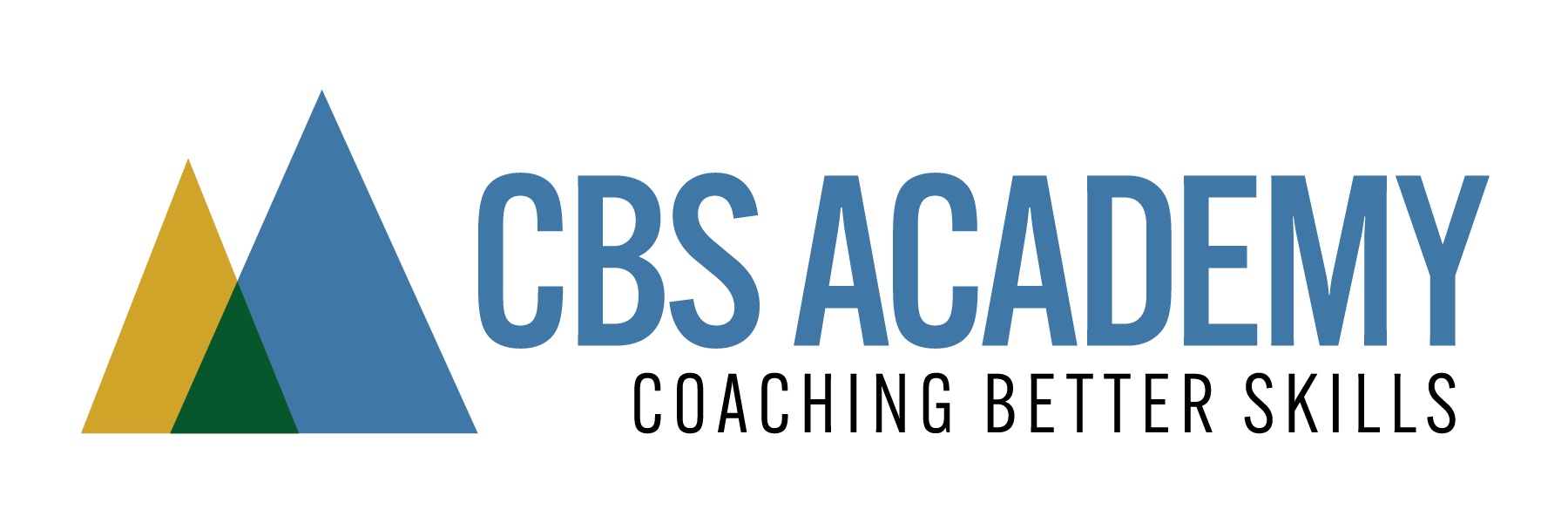Distractions and Multitasking
-
Impact on Communication Quality
Multitasking during one-on-one sessions can severely diminish the quality of communication between a leader and an agent. When leaders are distracted, they may miss key details or the underlying sentiment behind what is being communicated. This lack of attention can lead to misunderstandings and insufficient responses. For agents, the perception that their concerns or updates are not being fully heard can lead to frustration and a feeling of undervaluation, which may harm their engagement and trust in leadership. -
Decrease in Problem-Solving Effectiveness
One-on-one sessions are often used to troubleshoot problems and find solutions. Distractions can impair a leader’s ability to fully grasp the problem, leading to less effective or inappropriate solutions. Multitasking can hinder a leader’s cognitive processes by splitting their focus, which decreases their ability to think critically and creatively. This not only prolongs the resolution process but can also exacerbate the issue if not addressed adequately, affecting the agent’s performance and the team’s overall effectiveness. -
Erosion of Relationship and Trust
The relationship between a leader and their agents is foundational to a productive team. Distractions during one-on-one sessions can erode this relationship, as agents might feel that their time and the issues they bring forward are not valued. Trust is built on consistent, attentive, and responsive interactions. When leaders are perceived as frequently distracted, it can signal a lack of respect or commitment to the agent’s development and well-being, thereby weakening the bond and reducing the agent’s loyalty and openness in future interactions. -
Strategies to Minimize Distractions
Leaders can adopt several strategies to minimize distractions during one-on-one sessions, enhancing their effectiveness:
Physical Environment: Conducting meetings in a quiet, private space can reduce the likelihood of external interruptions- Technology Management: Turning off non-essential devices or notifications during sessions can help maintain focus on the discussion.
- Time Management: Scheduling sessions at a time when interruptions are less likely and sticking to a predefined agenda can keep the meetings concise and on track.
- Mindfulness Techniques: Practices such as mindfulness can enhance present-moment awareness, helping leaders stay focused throughout the session.
- Technology Management: Turning off non-essential devices or notifications during sessions can help maintain focus on the discussion.
-
Leveraging Technology Appropriately
While technology can be a source of distraction, it can also be harnessed to enhance focus and interaction in one-on-one sessions:- Dedicated Tools: Using dedicated software tools designed for note-taking and task management during the sessions can keep all relevant information organized and accessible, reducing the mental load of remembering details and allowing leaders to focus more on the conversation.
- Automated Scheduling: Automate scheduling and reminders for one-on-one sessions to ensure both parties are prepared and punctual, minimizing the need for multitasking during the session.
- Dedicated Tools: Using dedicated software tools designed for note-taking and task management during the sessions can keep all relevant information organized and accessible, reducing the mental load of remembering details and allowing leaders to focus more on the conversation.
